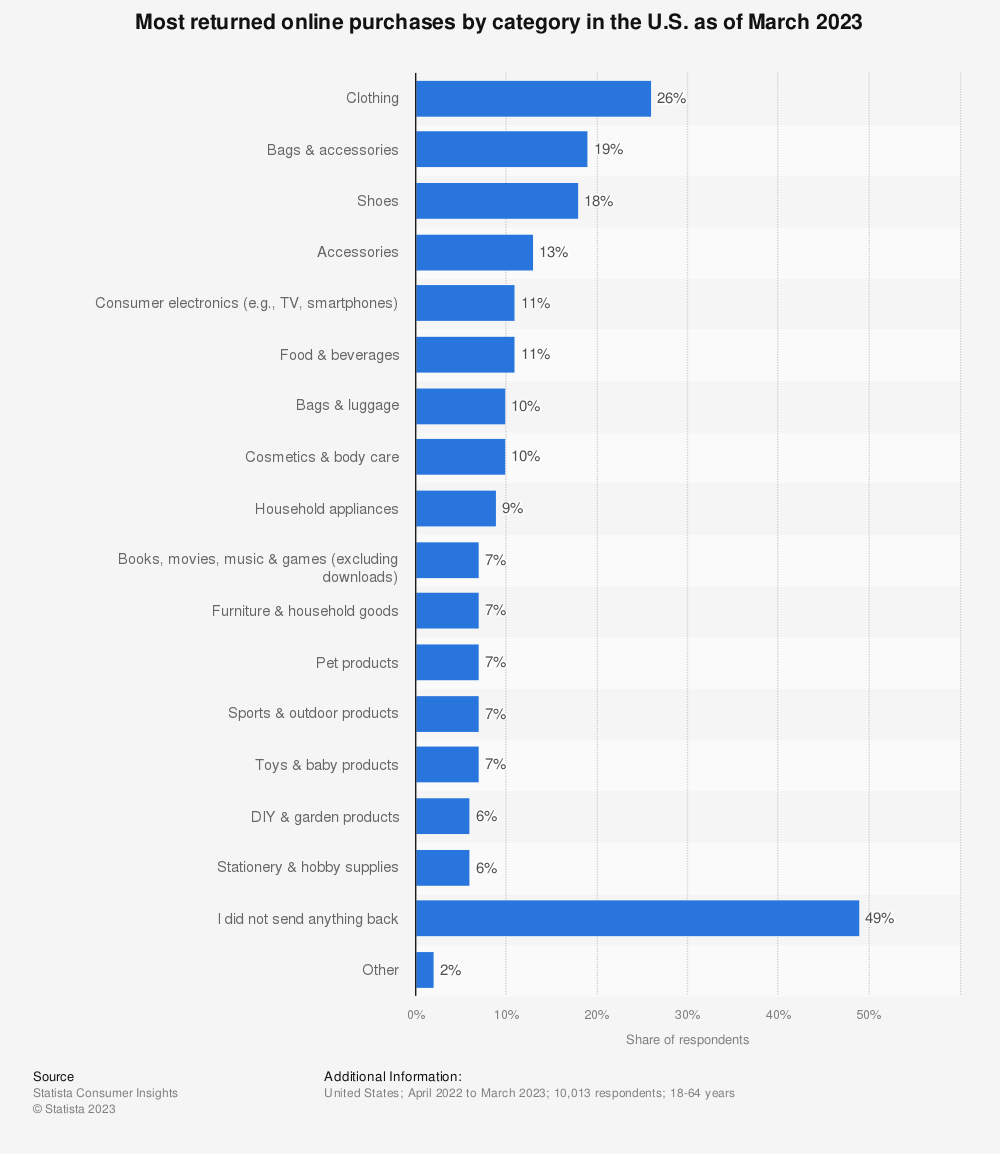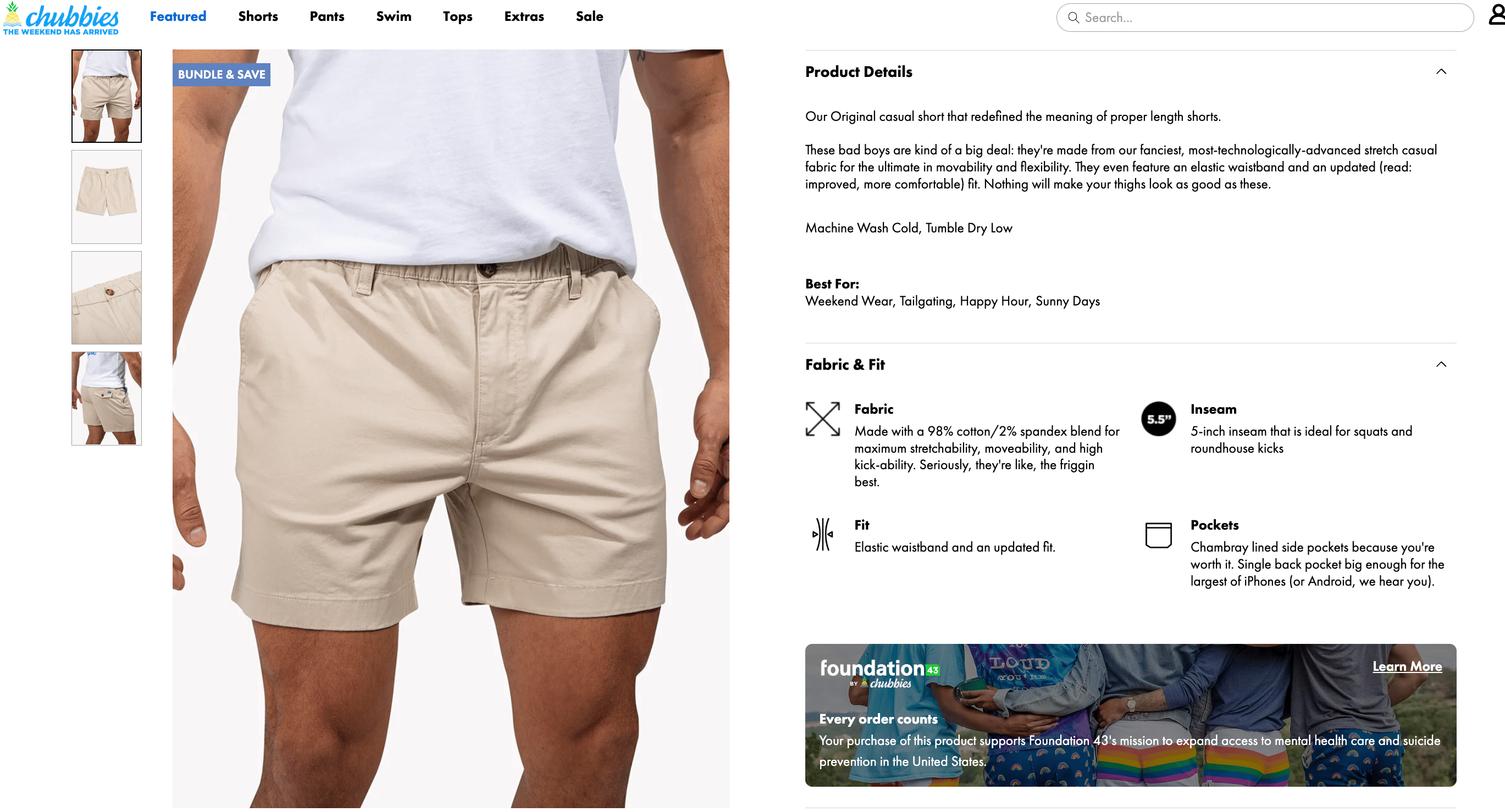Effective Strategies to Reduce Ecommerce Returns

Understanding the Impact of Ecommerce Returns
Ecommerce businesses are significantly impacted by the process of Returns. The cost implications and the effect on brand reputation and customer loyalty are crucial aspects to consider.

The Cost of Returns to Ecommerce Businesses
Financial Implications
Ecommerce returns have substantial financial implications for businesses. They result in additional costs associated with processing, restocking, and potential product damage. Moreover, the revenue from returned items is often lower due to markdowns or inability to resell certain products at full price.
Brand Reputation and Customer Loyalty
Returns can also affect a company's brand reputation and customer loyalty. If customers frequently experience issues with products that lead to returns, it can tarnish the brand's image. Additionally, a complicated or unsatisfactory return process can diminish customer loyalty, leading them to seek alternative retailers for future purchases.
Why Reducing Returns is Crucial for Success
Improving Profit Margins
Reducing returns is essential for improving profit margins in ecommerce. By minimizing the number of returned items, businesses can retain more revenue from initial sales and avoid the added expenses associated with processing returns.
Enhancing Customer Experience
Furthermore, reducing returns plays a vital role in enhancing the overall customer experience. When customers receive products that meet their expectations, they are more likely to have a positive shopping experience and develop trust in the brand.
Key Strategies to Reduce Ecommerce Returns
In the competitive landscape of Ecommerce, implementing effective strategies to minimize returns is essential for sustainable growth and profitability. By focusing on key areas such as product presentation and personalized customer engagement, businesses can significantly reduce return rates and enhance customer satisfaction.
Optimize Product Pages with Clear Photos and Accurate Titles
Importance of Visual Representation
When aiming to reduce ecommerce returns, the visual representation of products plays a pivotal role. High-quality, clear photos showcasing the product from various angles provide customers with a comprehensive understanding of its features and appearance. This transparency in visual representation reduces the likelihood of customers returning items due to unmet expectations upon delivery.
The Role of Detailed Product Descriptions
Accurate and detailed product titles and descriptions are equally crucial in minimizing returns. Clear, concise titles that accurately depict the product attributes enable customers to make informed purchasing decisions. Additionally, comprehensive product descriptions that highlight specifications, dimensions, materials, and usage instructions further contribute to setting realistic customer expectations.
We can use the QuickCEP AI chatbot to enhance customer and service experience effectively, thereby reducing returns.
Improve Customer Retention with Personalization
Segmenting Your Audience for Targeted Marketing
Personalized marketing strategies based on audience segmentation are powerful tools in reducing ecommerce returns. By analyzing customer data and behavior, businesses can segment their audience into distinct groups with similar preferences and purchase patterns. Tailoring marketing efforts towards these segments allows for more targeted promotions, leading to higher conversion rates and reduced return incidences.
Utilizing Customer Feedback for Continuous Improvement
Customer feedback serves as a valuable resource in identifying areas for improvement to minimize returns. Encouraging customers to provide reviews and ratings post-purchase enables businesses to gather insights into product satisfaction levels and potential pain points. Leveraging this feedback loop facilitates continuous improvement efforts, ensuring that products align closely with customer expectations, ultimately reducing return rates.
Implementing these key strategies empowers ecommerce businesses to proactively address factors contributing to return rates while fostering long-term customer relationships built on trust and satisfaction.

Implementing Changes to Minimize Returns
In the dynamic landscape of Ecommerce, implementing strategic changes to minimize returns is pivotal for sustained growth and profitability. By focusing on creating a unique online shopping experience and utilizing creative marketing strategies, businesses can effectively reduce return rates and enhance customer satisfaction.
Creating a Unique Online Shopping Experience
Personalized Emails and Strong Social Media Presence
Personalized communication through emails tailored to individual customer preferences can significantly contribute to reducing ecommerce returns. By leveraging customer data and purchase history, businesses can craft personalized recommendations and exclusive offers that resonate with each customer's interests. This approach fosters a sense of personal connection, leading to more informed purchasing decisions and reduced instances of returns.

Furthermore, maintaining a strong social media presence allows ecommerce businesses to engage with their audience in real-time. Through interactive posts, behind-the-scenes content, and influencer collaborations, brands can build a loyal following that is more likely to make well-informed purchases, thereby reducing the need for returns.
Limiting Inventory to Create Urgency
Creating a sense of urgency by strategically limiting inventory for certain products can influence purchasing behavior positively. Scarcity often drives customers to make quicker purchase decisions, reducing the likelihood of indecision or post-purchase regret that may lead to returns. By employing this strategy selectively, businesses can encourage customers to act promptly while also minimizing return rates.
Utilizing Creative Marketing Strategies
A Creative-First Approach to Paid Ads
A creative-first approach in designing paid advertisements can play a significant role in reducing ecommerce returns. Compelling visuals coupled with persuasive ad copy that highlights product benefits and unique selling points captivate the audience's attention effectively. By focusing on creativity and storytelling in ad creation, businesses can attract customers who are genuinely interested in the product offering, resulting in higher conversion rates and lower return incidences.
Interest and Lookalike Audiences for Social Media Marketing
Utilizing interest-based targeting and lookalike audiences on social media platforms enables businesses to reach potential customers who align closely with their existing customer base. By analyzing user demographics, interests, and behaviors, businesses can tailor their marketing efforts towards individuals likely to have genuine interest in their products. This targeted approach not only increases the likelihood of conversions but also reduces return rates by reaching an audience predisposed to find value in the offerings.
Implementing these changes empowers ecommerce businesses to create an environment where customers feel confident in their purchases while fostering brand loyalty based on trust and satisfaction.
Measuring Success and Making Adjustments
After implementing strategies to reduce ecommerce returns, it is crucial for businesses to measure the effectiveness of these initiatives and make necessary adjustments based on data insights. Tracking key metrics related to return on ad spend, cost per acquisition, and implementing comprehensive ecommerce strategy packages are essential components in this process.
Tracking Return on Ad Spend and Cost Per Acquisition
Analyzing the return on ad spend (ROAS) and cost per acquisition (CPA) provides valuable insights into the efficiency of marketing efforts in driving sales while minimizing returns. By evaluating the relationship between advertising expenditure and the resulting revenue from sales, businesses can assess the overall impact of their marketing campaigns. Additionally, understanding the cost per acquisition helps in determining the expenses associated with acquiring new customers, thereby influencing return rates.
Analyzing Average Order Value and Return Rates
Measuring the average order value (AOV) alongside return rates offers a comprehensive view of customer purchasing behavior and its impact on returns. A higher AOV indicates that customers are making larger purchases, which can positively influence profitability. However, if high AOV is accompanied by increased return rates, it may signal potential discrepancies between customer expectations and product delivery.
Adjusting Strategies Based on Data Insights
Utilizing data insights derived from tracking key metrics enables businesses to make informed decisions regarding strategy adjustments. Whether it involves refining product presentation, optimizing marketing channels, or enhancing customer engagement tactics, data-driven adjustments play a pivotal role in continuously improving processes to reduce ecommerce returns effectively.
Implementing an All-in-One Ecommerce Strategy Package
Incorporating an all-in-one ecommerce strategy package encompasses a holistic approach towards minimizing returns while maximizing business growth. This comprehensive package includes working with ecommerce experts and continuously refining strategies based on performance evaluations.
The Benefits of Working with Ecommerce Experts
Collaborating with ecommerce experts brings specialized knowledge and experience to the table, enabling businesses to implement tailored solutions for reducing returns. These experts possess in-depth understanding of consumer behavior, market trends, and best practices in ecommerce operations. Their expertise contributes significantly to developing effective strategies that align with business goals while addressing specific challenges related to returns.
Continuous Evaluation and Strategy Refinement
An integral aspect of an all-in-one ecommerce strategy package is continuous evaluation and refinement of implemented strategies. By regularly assessing performance metrics, customer feedback, and market dynamics, businesses can adapt their approaches proactively. This ongoing refinement ensures that strategies remain aligned with evolving consumer preferences and industry trends while maintaining a focus on reducing ecommerce returns.
Implementing these measures not only allows businesses to gauge their success in minimizing returns but also empowers them to make informed adjustments that drive sustainable growth within the competitive landscape of Ecommerce.
Final Thoughts on Reducing Ecommerce Returns
The Importance of a Comprehensive Approach
When it comes to reducing ecommerce returns, businesses must adopt a comprehensive approach that encompasses various facets of the customer journey and operational strategies. By integrating multiple touchpoints and optimizing internal processes, companies can effectively minimize return rates while fostering sustainable growth.
Balancing Customer Satisfaction with Business Goals
Achieving a balance between customer satisfaction and overarching business goals is paramount in the pursuit of reducing ecommerce returns. While prioritizing customer satisfaction is essential for building trust and loyalty, businesses must also align their strategies with financial objectives and operational efficiency. Striking this equilibrium ensures that efforts to reduce returns are harmonized with broader business imperatives, leading to a holistic approach that benefits both customers and the bottom line.
The Role of Innovation in Ecommerce Success
Innovation serves as a cornerstone in the quest to reduce ecommerce returns. Embracing innovative technologies, such as advanced analytics for predictive modeling and augmented reality for immersive product experiences, can revolutionize the way customers interact with online offerings. By leveraging innovation, businesses can proactively address common reasons for returns, such as size discrepancies or product fit issues, thereby preemptively mitigating return incidences.
In conclusion, adopting a comprehensive approach that balances customer satisfaction with business objectives, coupled with a commitment to innovation, is pivotal in the endeavor to reduce ecommerce returns effectively.
See Also
Enhancing Ecommerce Revenue through Funnel Streamlining
Enhancing Ecommerce Sales through Add-to-Cart Conversions
Solving Common Customer Friction for Enhanced Ecommerce Experience in 2024
Revolutionizing Ecommerce with AI for Improved Customer Satisfaction
Key E-commerce Customer Service Interview Questions for Success


